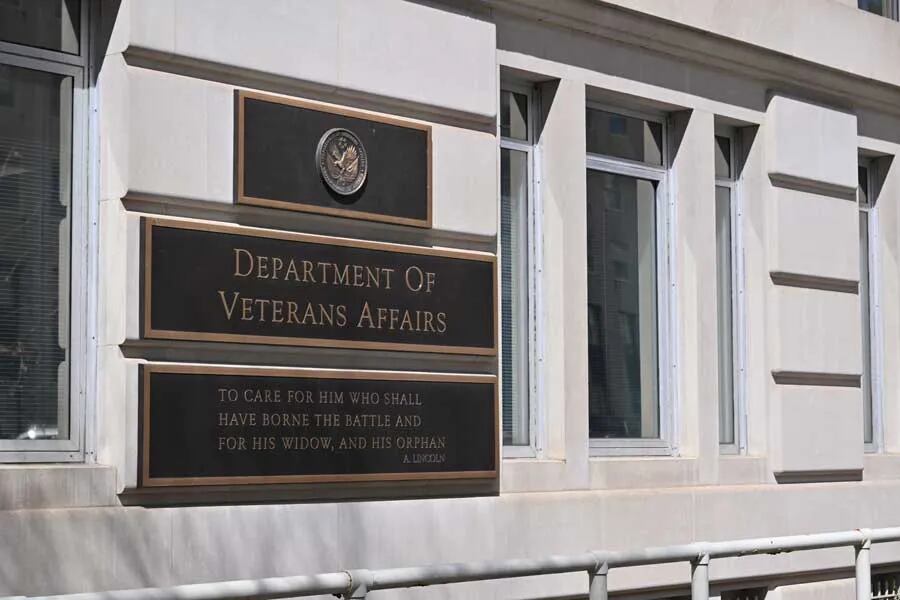A team of Air Force researchers is developing a new class of sportswear that promises to help you keep your cool during workouts and even in the nastiest of hot-weather workplaces.
"Most of the cooling technology out there right now is just too heavy and cumbersome. Some of it you have to actually plug in," says Dr. Reggie O'Hara, an exercise physiologist with the 711th Human Performance Wing at Wright-Patterson Air Force Base, Ohio.
"This," he says, holding up a thin, lightweight T-shirt, "gives two hours of cooling without having to plug into anything."
This shirt is his baby, born of his own sweat-soaked trials and tribulations as an ultramarathon runner and grown inside his high-tech performance lab.
At first glance, it doesn't look much different from other form-hugging athletic shirts. But if you look closely, you'll notice some rather large pockets. That's where the heat-busting magic goes.
The shirt's secret weapon: a reusable cloth infused with cooling gel.
The fabric, dubbed Arctic Ease, has begun taking the place of ice for treating injuries among elite athletes ranging from distance runners to pro football players.
O'Hara's shirt itself is made of standard-issue sweat-wicking material, with the cooling cloths inserted into thin pockets stitched onto the front, back and sides.
Think body armor plates, but instead of stopping bullets, these inserts suck away performance-robbing heat.
"And all of it — the shirt and inserts — only weighs about a pound," O'Hara says.
The first shirts likely will see action with Air Force special operations units and at NFL training camps this summer, with retail sales following.
Arctic Ease was developed a few years ago as a cryotherapy tool for sports docs, typically used as compression wrap for shinsplints and sore muscles.
"NFL players like it because it cools and compresses at the same time, but without the mess of melting ice water," O'Hara says.
The idea for the shirt came to him when he was doing a series of ultramarathons with some Marine Corps friends. They found that when their legs started to cramp, they could wrap their calves with Arctic Ease and just continue running with the wrap on.
"It allowed me to go longer and faster without getting fatigued," O'Hara says. In fact, he credits it with shaving four hours off his typical 100-mile run time. From there, it was only a matter of time until he started working in the cooling shirt.
In a study that wrapped up a few months ago, O'Hara and his research team found that the cooling shirt not only significantly reduced core body temperature in 12 fit military volunteers during 70-minute workouts, it also reduced blood lactate levels.
"It works so well we're going to keep taking it out further and see what happens," he says. "Our attorneys are working out a four-year deal with Russell Athletic to develop more products, like cooling caps and cooling socks."
They've started working on a cooling collar stuffed with Arctic Ease that O'Hara says should be able to cool blood traveling through the carotid artery.
"The carotid artery is the largest in the body and closely tied to skin temperature. It goes from the brain all the way down to the feet. The brain is where you regulate your body temperature. So if you can cool the blood that's on the surface of your skin that goes to your brain, you can cool your core body temperature and skin temperature at the same time."
And that should translate into improved performance.
Studies already have shown that if you can lower your skin temperature, you can run faster, O'Hara says. And your brain works better, too.
Like cooling a processor on a computer, he says, "if you lower the temperature around the brain, it will work more efficiently. Your cognitive power can change. You will be more aware of your surroundings. You can fire a weapon more accurately if you're fatigued. It reduces overall mental and physical fatigue."
While he hasn't started testing the cooling collar yet, he's hopeful it will help do just that.
"So, if you feel fatigue coming on, you can slap on the cooling collar and it will drop your skin temperature so many degrees where you'll be able to do more work and mitigate heat stress."
Jon R. Anderson is a staff writer for OFFduty. Contact him at jona@militarytimes.com.





